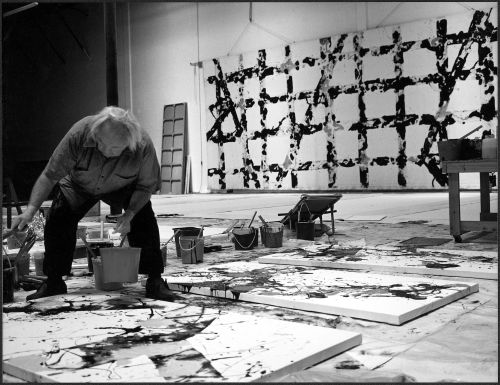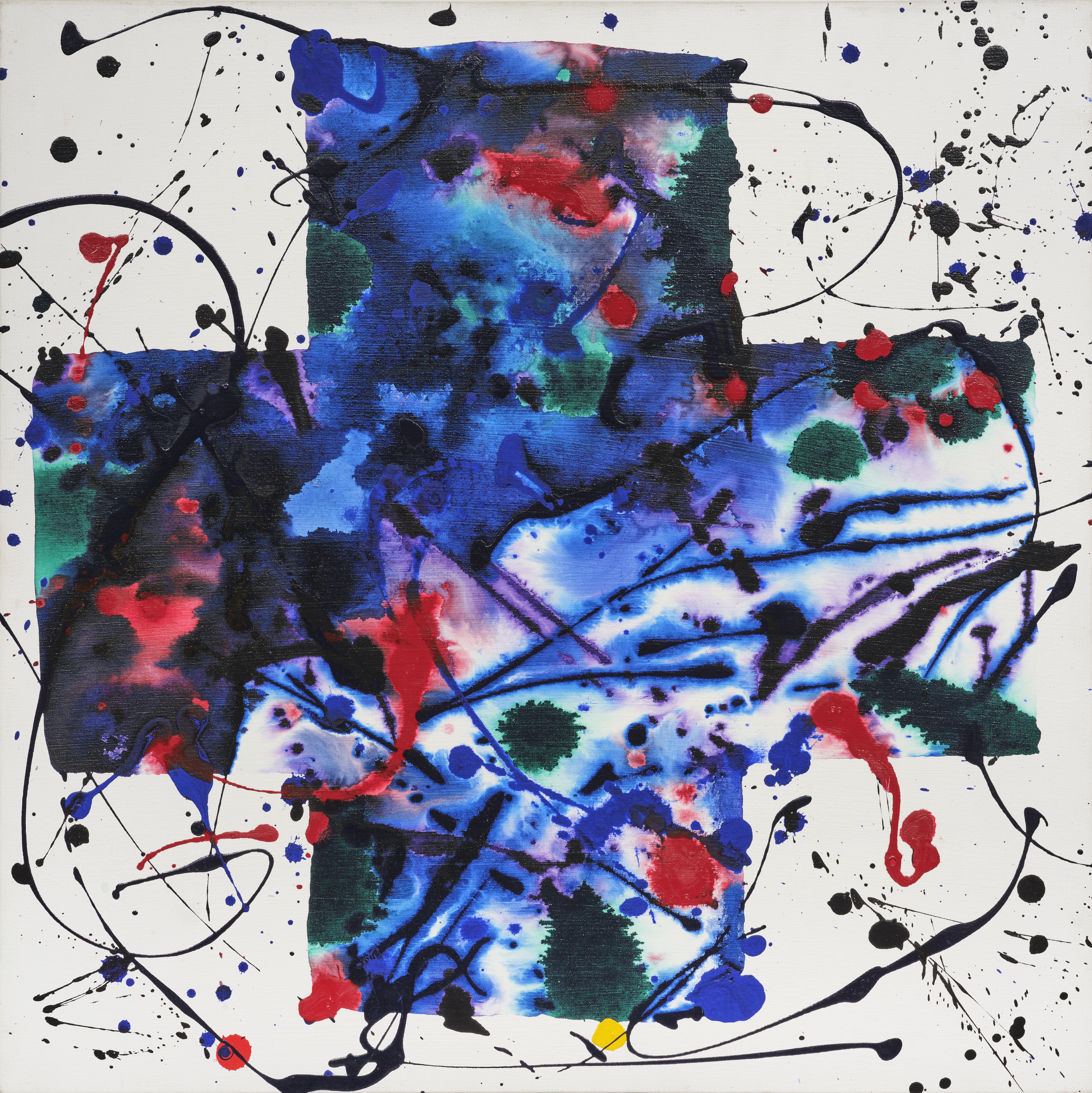Sam Francis

Samuel Lewis Francis, known as Sam Francis, is an eminent figure in 20th-century American painting. Born on June 25, 1923, in San Mateo, California, and deceased on November 4, 1994, in Santa Monica, he is celebrated for his non-figurative approach and his innovations in color and space. His journey, marked by moments of personal and artistic transformation, significantly contributed to shaping the landscape of American abstract art, alongside figures like Rothko, Pollock, de Kooning, and Kline.
At the outset, Sam Francis did not seem destined for an artistic career. He began studies in medicine and psychology, but World War II altered the course of his life. In 1943, he joined the Air Force as a pilot. In 1944, a decisive event occurred: his plane crashed in the desert during training. Injured, he spent two years in the hospital, during which time he discovered painting. This pastime quickly transformed into a passion and a path to healing. He later said, "My painting came out of illness. I left the hospital through my painting."
After leaving the hospital, Francis enrolled at the University of Berkeley to study art. In 1946, he moved to San Francisco to attend the classes of Clyfford Still, an influential figure in Abstract Expressionism. Still and his works, with their organic colors and departure from modern painting conventions, left an indelible impression on Francis.
Around 1948-1949, Sam Francis moved to Paris, where he met many American artists shaping the Action Painting movement. He quickly adopted techniques such as dripping and all-over painting, and his style is sometimes described as tachiste, referring to the importance of chance and spontaneity in his creations. His fascination with infinity and the absence of a frame became a hallmark of his work.
The plane crash and the vast desert expanses he had seen profoundly influenced his artistic vision. He sought to capture this impression of infinity on the white canvas, which he perceived as a boundless space. For Francis, the space between things, rather than the things themselves, became central. This approach led him to eliminate figures from his compositions, leaving only fragments of infinity that extend beyond the physical limits of the canvas.
Sam Francis distinguished himself by his unique treatment of the pictorial surface. By refusing to limit himself to traditional figuration, he explored the depth of color and light. Works like "Deep Orange and Black" illustrate this dissolution of the figure into liquid spots, creating a network of drips that connect the forms and produce a dynamic and vibrant effect. Color plays a crucial role, oscillating between black, a symbol of primordial darkness, and white, the base of light and the sum of all colors.
In "Deep Orange and Black," an oil on canvas measuring 3.71 m x 3.12 m, Francis explores the contrast between light and darkness. The black and colored drips form a complex network that seems to counteract the dissolution, while the vibrant colors give the impression of an inner fire. These interactions between light and color reveal another dimension of his work: time. Each layer of paint, applied like a veil, simultaneously reveals and conceals the light, creating a temporal stratification on the canvas.
Sam Francis fits into several artistic movements, including lyrical abstraction, abstract expressionism, tachisme, and Action Painting. His influences are multiple and varied, but certain figures stand out in particular.
Sam Francis pursued the exploration of space and color with an intensity and originality that marked his era. His work, oscillating between abstraction and infinite exploration, continues to fascinate and influence generations of artists. By defying conventions and pushing the boundaries of the canvas, Francis not only created works of great beauty but also transformed our understanding of pictorial space and the expressive potential of color.
